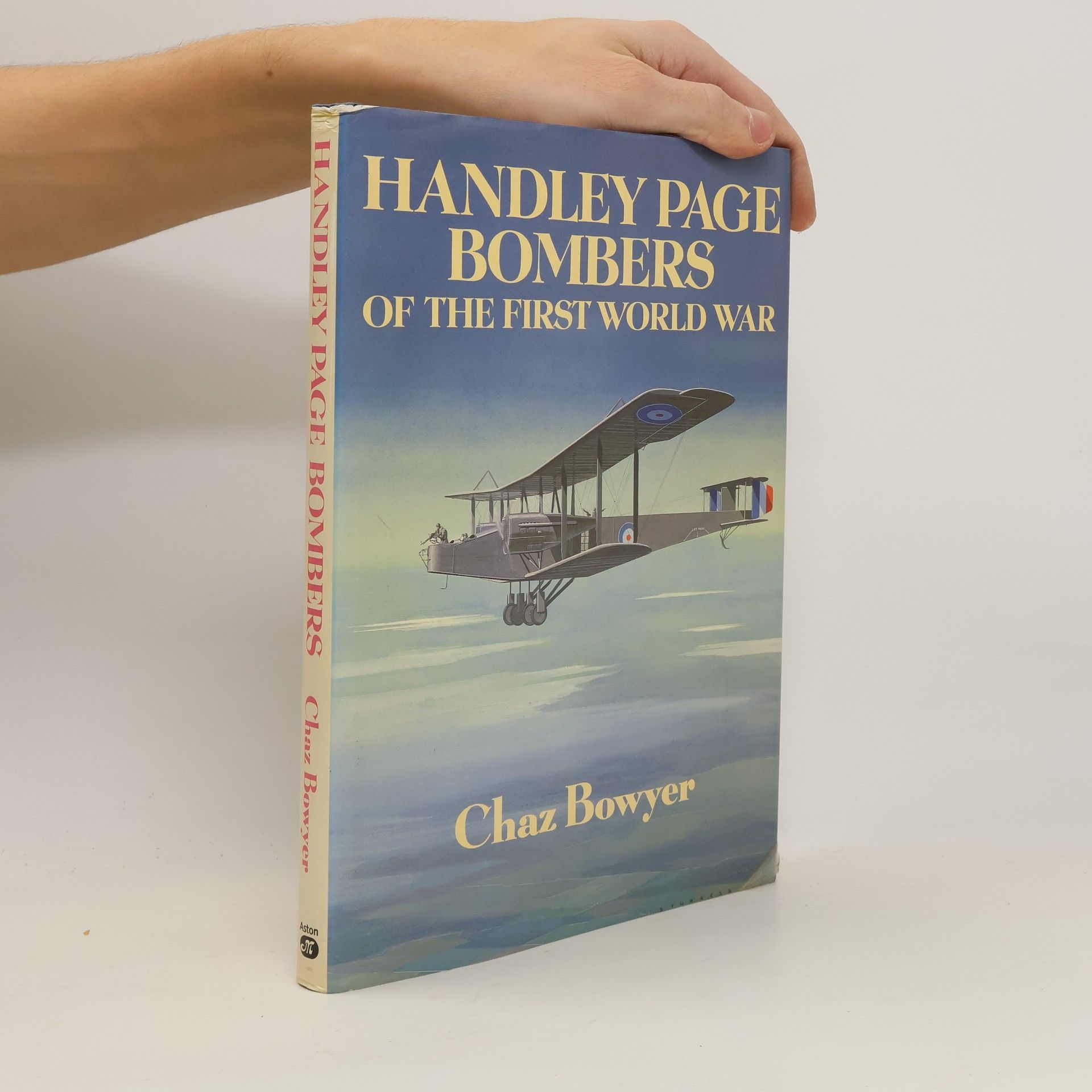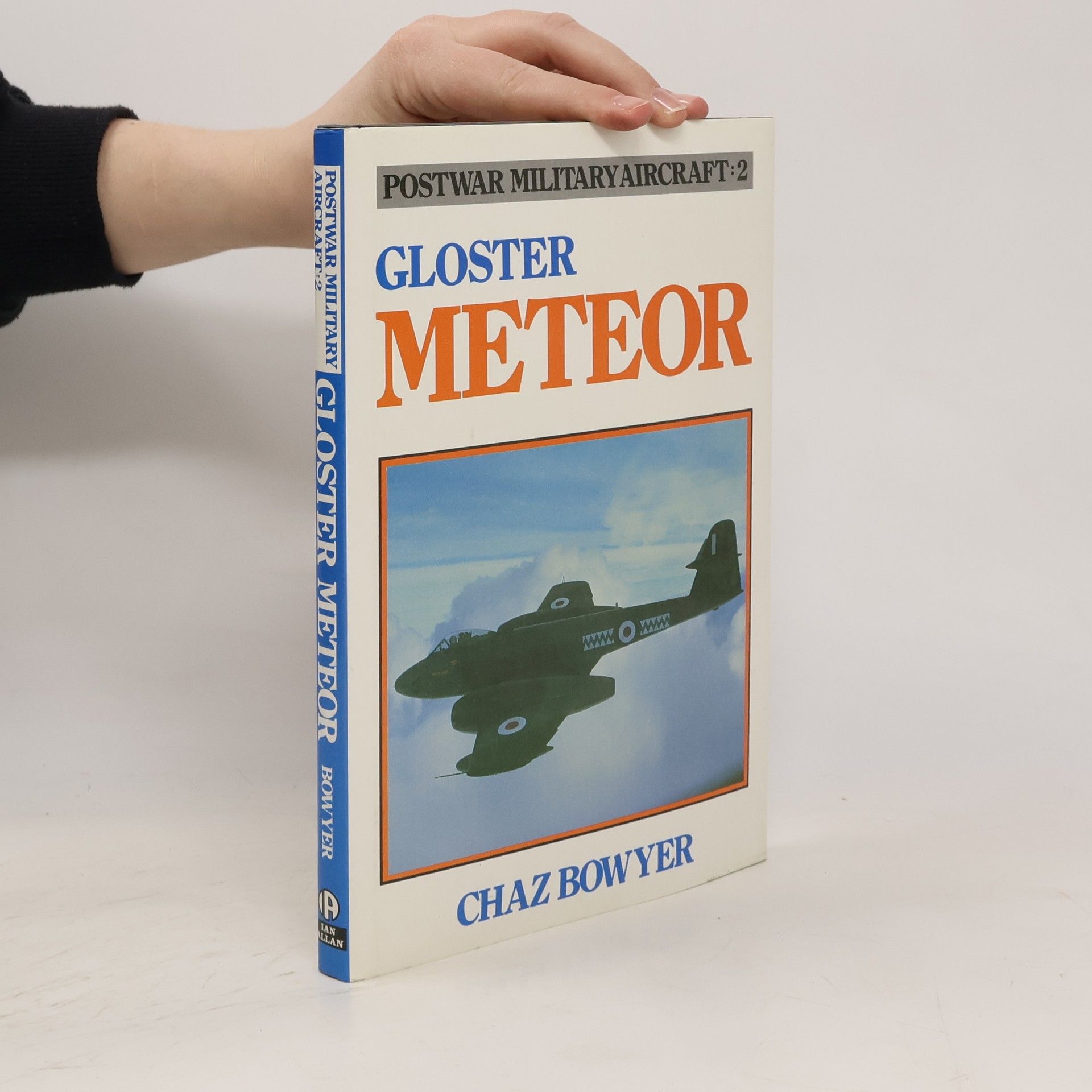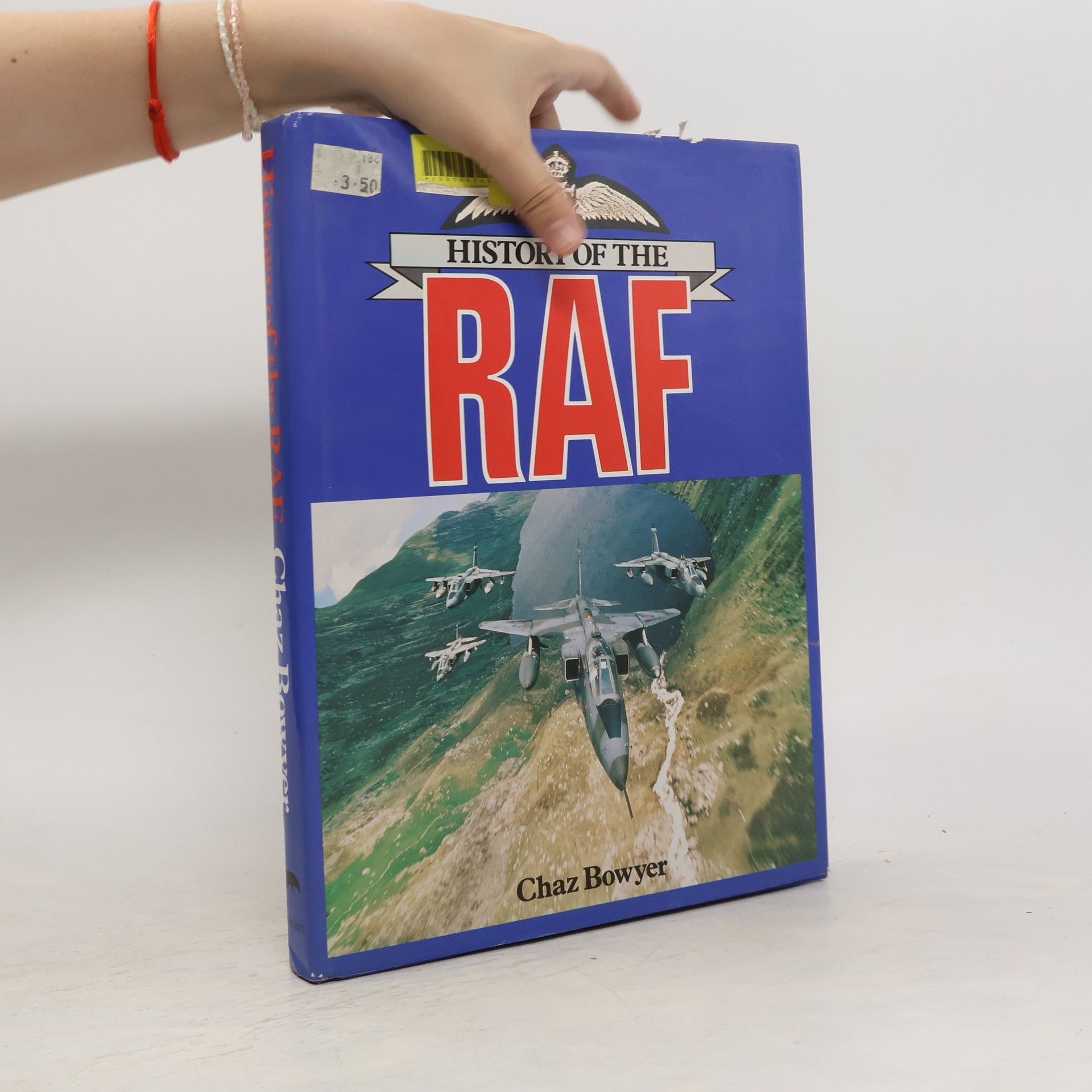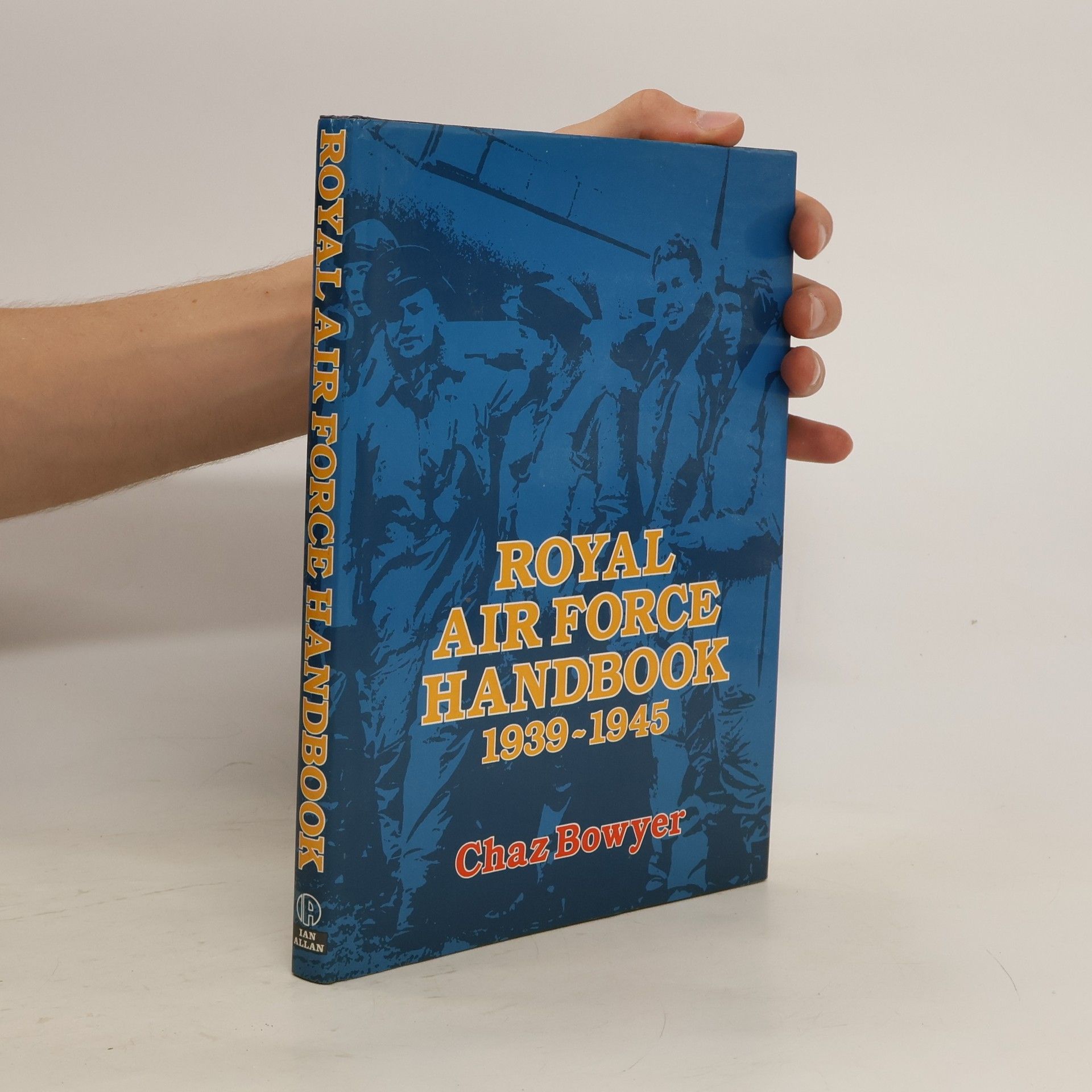Chaz Bowyer Boeken
Chaz Bowyer was een toegewijde luchtvaarthistoricus die zijn leven wijdde aan het documenteren en onderzoeken van de geschiedenis van de vlucht. Zijn uitgebreide kennis en diepgaande begrip van de luchtvaartindustrie komen tot uiting in zijn nauwkeurige en boeiende werken. Hij beschouwde zijn schrijven als een manier om de herinnering en nalatenschap te bewaren van degenen die betrokken waren bij de ontwikkeling van de luchtvaart. Door zijn boeken bood hij lezers een fascinerende kijk op de wereld van de vlucht en de voortdurende vooruitgang ervan.






Albert Ball, V.C.
- 280bladzijden
- 10 uur lezen
In the 1st World War the daring exploits of pilot Albert Ball caught the imagination of the British public like no other. Ball acquired his wings in the RFC in January 1916 and was first posted to France in February of that year. Then he joined No 13 Squadron and for a six-week period in March 1916 saw almost constant action flying the Squadron's Bristol Scout. Moving to No 11 Squadron in May 1916, Ball's score quickly accumulated. He had acquired a reputation as a tenacious scout pilot, often flying alone in his Nieuport and invariably returning to base with a near empty fuel tank. In August he returned to No 11 Squadron and soon after became the highest scoring scout pilot of the time. Waging his solitary aerial war, Ball became a true inspiration to the RFC when its squadrons were being mauled. But his life was to prove tragically short and he was killed in action just before his 21st birthday leading a patrol of SE5's. He had accounted for forty-four German aircraft.
Gloster Meteor
- 111bladzijden
- 4 uur lezen
Var første jetfly i fuld operativ tjeneste i juli 1944. Tilgik senere mere end 70 eskadriller i RAF og blev eksporteret til 14 andre lande.
The author has selected some twenty RAF fighter pilots of the Second World War, not only to give overdue recognition to their prowess and courage, but also to exemplify the wide diversity of the individual characters of those men whose war was fought from the cockpit of an RAF fighter. A few were familiar names but most received little or no public acclaim, being part of the silent majority which provided the real spine of the RAF's fighter effort throughout the conflict.
Mosquito at War
- 144bladzijden
- 6 uur lezen
The de Havilland DH.98 Mosquito was a British multi-role combat aircraft with a two-man crew that served during and after the Second World War. It was one of few operational front-line aircraft of the era constructed almost entirely of wood and was nicknamed "The Wooden Wonder". The Mosquito was also known affectionately as the "Mossie" to its crews. Originally conceived as an unarmed fast bomber, the Mosquito was adapted to roles including low to medium-altitude daytime tactical bomber, high-altitude night bomber, pathfinder, day or night fighter, fighter-bomber, intruder, maritime strike aircraft, and fast photo-reconnaissance aircraft. It was also used by the British Overseas Airways Corporation (BOAC) as a fast transport to carry small high-value cargoes to, and from, neutral countries, through enemy-controlled airspace. A single passenger could be carried in the aircraft's bomb bay, which was adapted for the purpose
Handley Page Bombers of the First World War
- 192bladzijden
- 7 uur lezen
The Royal Air Force's Coastal Command carried out a vital but largely unknown struggle throughout World War II. Often equipped with obsolete aircraft, their mission was initially the protection of Britain's convoys during the Battle of the Atlantic. Much of this effort was directed against the German U-boats and, in fact, 192 out of 727 U-boats sunk were credited to Coastal Command. Actions were also taken against German surface raiders and aircraft, often involving long flights in bad weather. As the war progressed, Coastal Command adopted a more aggressive role, attacking German shipping in its home waters. Veteran Royal Air Force historian Chaz Bowyer's classic account relates the full story of all the many roles undertaken by Coastal Command, often told by those who actually took part. The detailed text is illustrated with a wealth of photographs.
Pictoral History of the RAF
Volume Three 1945-1969



